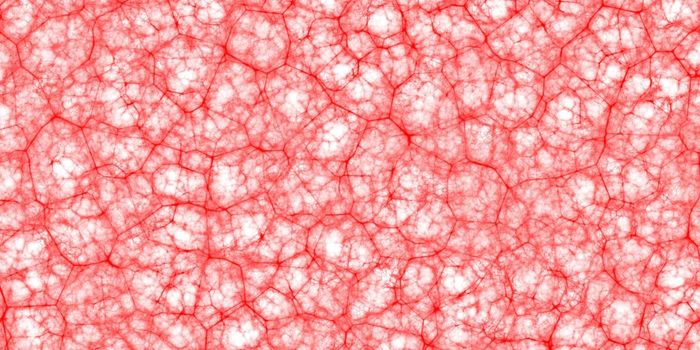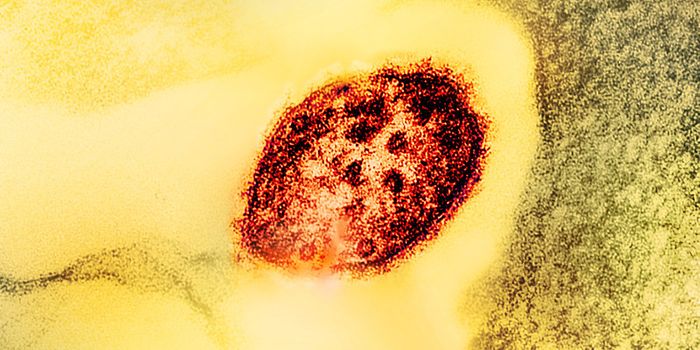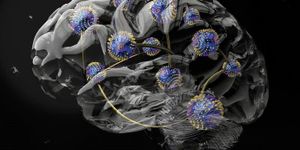Biomarkers of Mental Illness Revealed in Brain Images
Doctors that see psychiatric patients usually have to rely on their assessment of patient statements to diagnose and treat these disorders. Mental illnesses can be extremely difficult to understand and treat in part because there are very few biomarkers that can be used to predict, diagnose, or monitor these conditions. New research has suggested, however, that brain imaging done with an MRI could be used to help adolescent patients with mental conditions. The findings have been reported in Biological Psychiatry.
In this work, the researchers analyzed brain imaging data obtained from the Adolescent Brain Cognitive Development (ABCD) Study, which included around 12,000 children who were between the ages of 9 and 10 at the start of the study. This data contained functional MRIs for patients that could reveal more about how their brain circuitry is organized, in a resting-state functional connectivity (rsFC) analysis. The study authors found brain connectivity characteristics and variations that were associated with cognition and psychopathology.
This analysis could be used to identify the number of psychiatric disorders that were present in a single patient when the MRI was done, and over the course of the next two years. It was also able to predict the way that disorders would transition to other diagnoses over that follow-up period, said the study authors.
"These findings provide evidence for a transdiagnostic brain-based measure that underlies individual differences in developing psychiatric disorders in early adolescence," said senior study author Yihong Yang, PhD of the Neuroimaging Research Branch at the National Institute on Drug Abuse.
This work could help identify children who are at serious risk of developing psychiatric disorders, and may assist clinicians who are trying to prevent those disorders in their patients. It can also show who is susceptible to a spectrum of diagnoses.
"Finding biomarkers of mental illnesses, rather than relying on symptoms, may provide a more precise means of diagnosis, and thereby aligning psychiatric diagnosis with other medical diagnoses," noted Yang.
Sources: Elsevier, Biological Psychiatry









